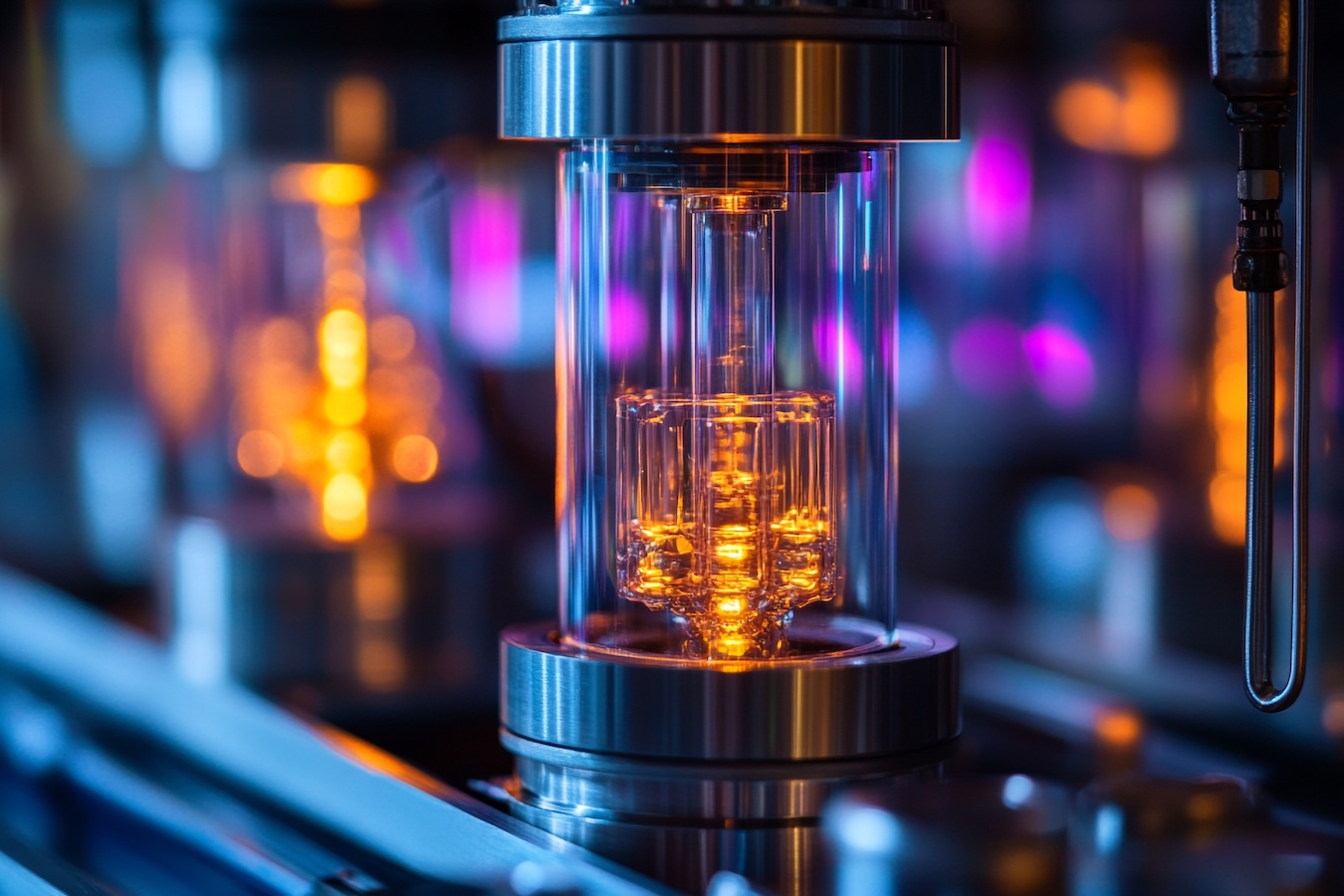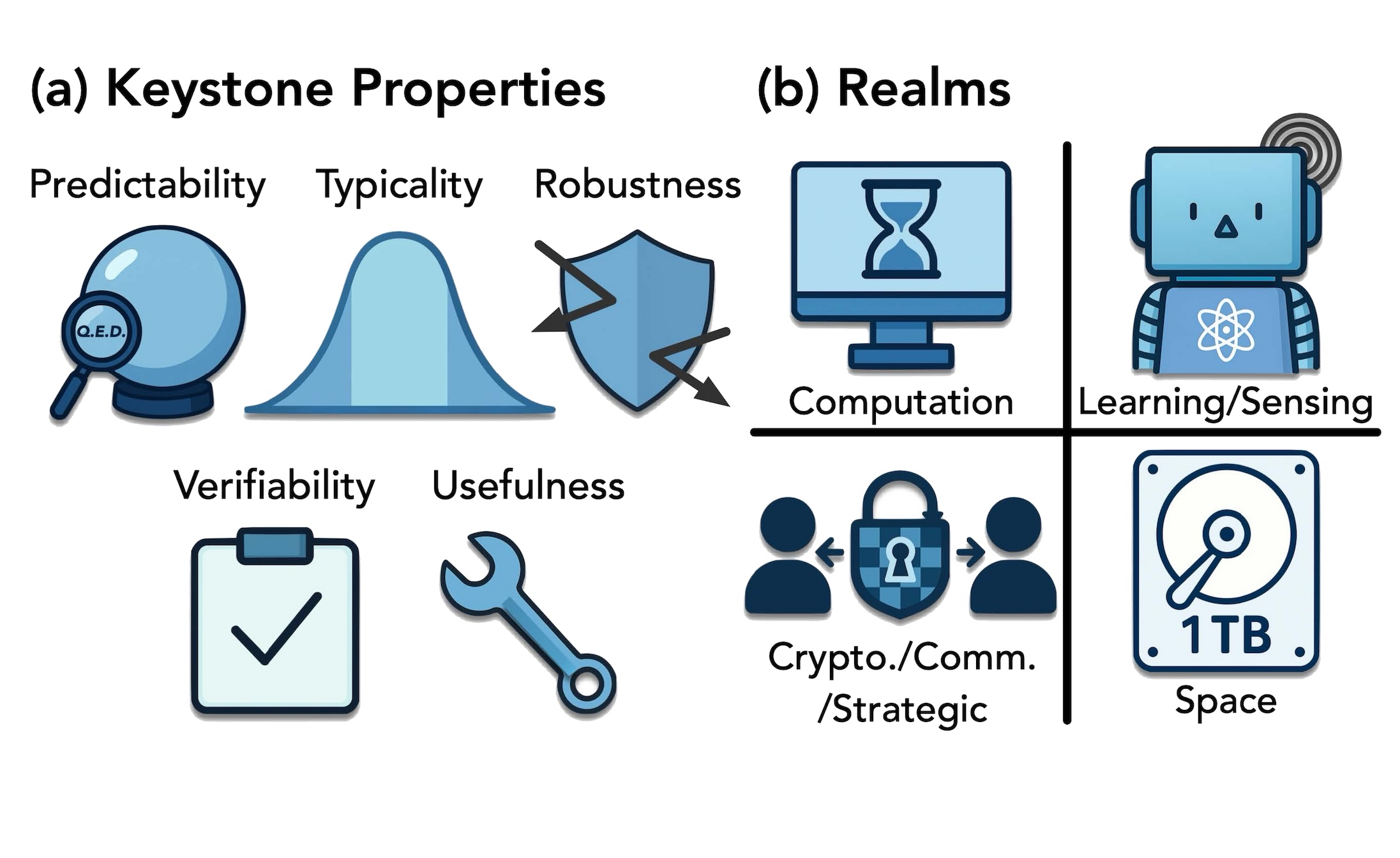A key challenge in scaling up neutral-atom quantum computing is efficiently rearranging atoms to create defect-free configurations or move them across different functional zones. In this work, the authors present a method for rearranging atoms in parallel using spatial light modulators, which are usually employed only for static atom trapping. They overcome previous speed limitations of this approach through novel computational techniques that control ultra-fast modulators. Overall, this advancement could provide a significant architectural improvement for building larger and more reliable neutral-atom quantum processors.
Read more on ArXiv here: https://arxiv.org/abs/2412.15165
Standardized quantum computing benchmarking is essential for comparing system performance across different devices and guiding progress toward quantum utility. While early benchmarks focused on error rates in quantum gates, modern approaches must also account for the growing role of quantum error correction (QEC) and classical control systems. In this perspective, researchers from Sandia National Labs survey benchmarking methodologies, emphasizing the need for metrics that track and incentivize meaningful advancements toward utility-scale quantum computing.
Read more on ArXiv here: https://arxiv.org/abs/2407.08828
Want to receive these insights every month?
Join our mailing list
Sign up here
Quantum computers are generally composed of integrated components with different functionalities. In this work, the authors propose a new neutral-atom quantum computer design framework aimed at ensuring modularization—decomposing an integrated system based on functionality so that different parts can be exchanged and operated on independently. This contribution is expected to accelerate the development and construction of new devices while enhancing collaboration among various contributors to the supply chain and scientific research.
Read more on ArXiv here: https://arxiv.org/abs/2501.08211
Building on the success of analog neutral-atom quantum computers in simulating quantum systems, this work demonstrates the value of gate-based, dynamically reconfigurable neutral-atom systems for addressing similar problems. Led by researchers from Lukin’s group at Harvard, with contributions from QuEra Computing, the authors leverage the established advantages of neutral-atom systems—such as reconfigurability and the ability to flexibly encode logical qubits—while introducing new capabilities, including mid-circuit readout, feedforward, and the realization of complex phases with non-Abelian topological particles.
Read more on ArXiv here: https://arxiv.org/abs/2501.18554



-compressed.jpg)
